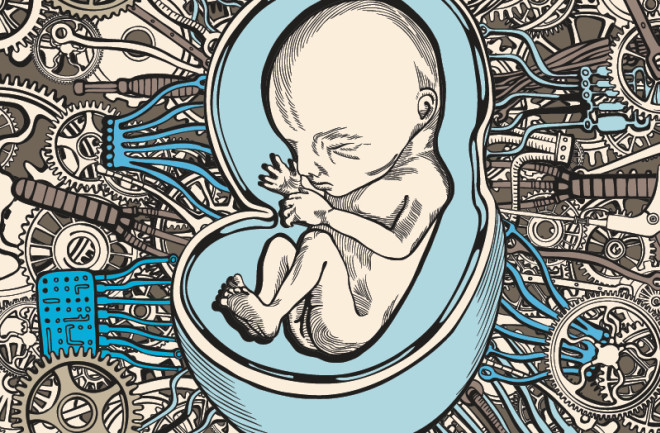Picture rows of translucent tanks in a dark room. Partially formed embryos float silently, bathed in amniotic fluid. That’s the science fiction portrayal of an artificial womb, where machines gestate our babies, stirring unsettling undertones of inhumanity. It’s birth without pregnancy. As The Matrix’s Neo might say: Whoa.
While that’s still the stuff of fantasy, there have been serious attempts to create artificial wombs dating back to the 1960s. Most fell far short of the warm embrace of a real placenta. Scientists keep trying, partly because pregnancy is so complex, and, like anything else human, childbirth can go wrong, with consequences that affect a child’s entire life. Premature births occur in more than 10 percent of pregnancies and can result in heightened risks for lung diseases, cerebral palsy and developmental disorders.

